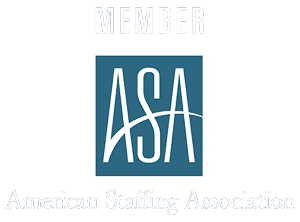Blog
All blog posts
- Signature Back Office
Discover how strong back-office support gives staffing firms the competitive edge needed to win big contracts with enterprise clients.
- Signature Back Office
Discover healthcare staffing solutions and flexible workforce strategies to prevent burnout while maintaining hospital operations during critical shortages.
- Signature Back Office
Is payroll administration draining your staffing firm's resources? See how outsourcing payroll improves efficiency and frees recruiters for top talent.
- Signature Back Office
Small finance staffing firms can outshine larger agencies by offering niche expertise, personalized service, and flexible solutions for high-value clients.
- Signature Back Office
Discover how combining direct hire with contract staffing solutions creates stable revenue and why the right staffing back office services make all the difference.









